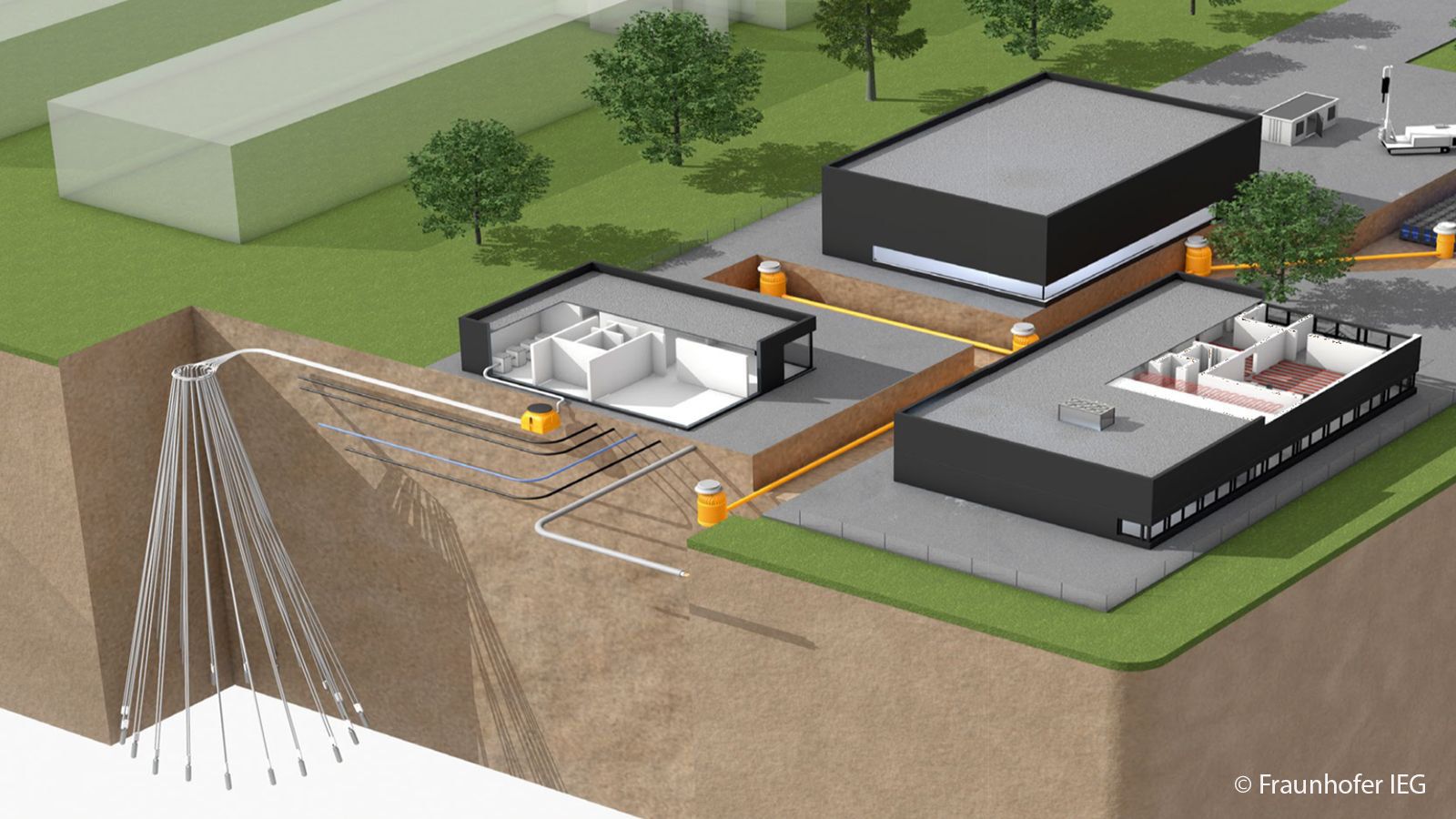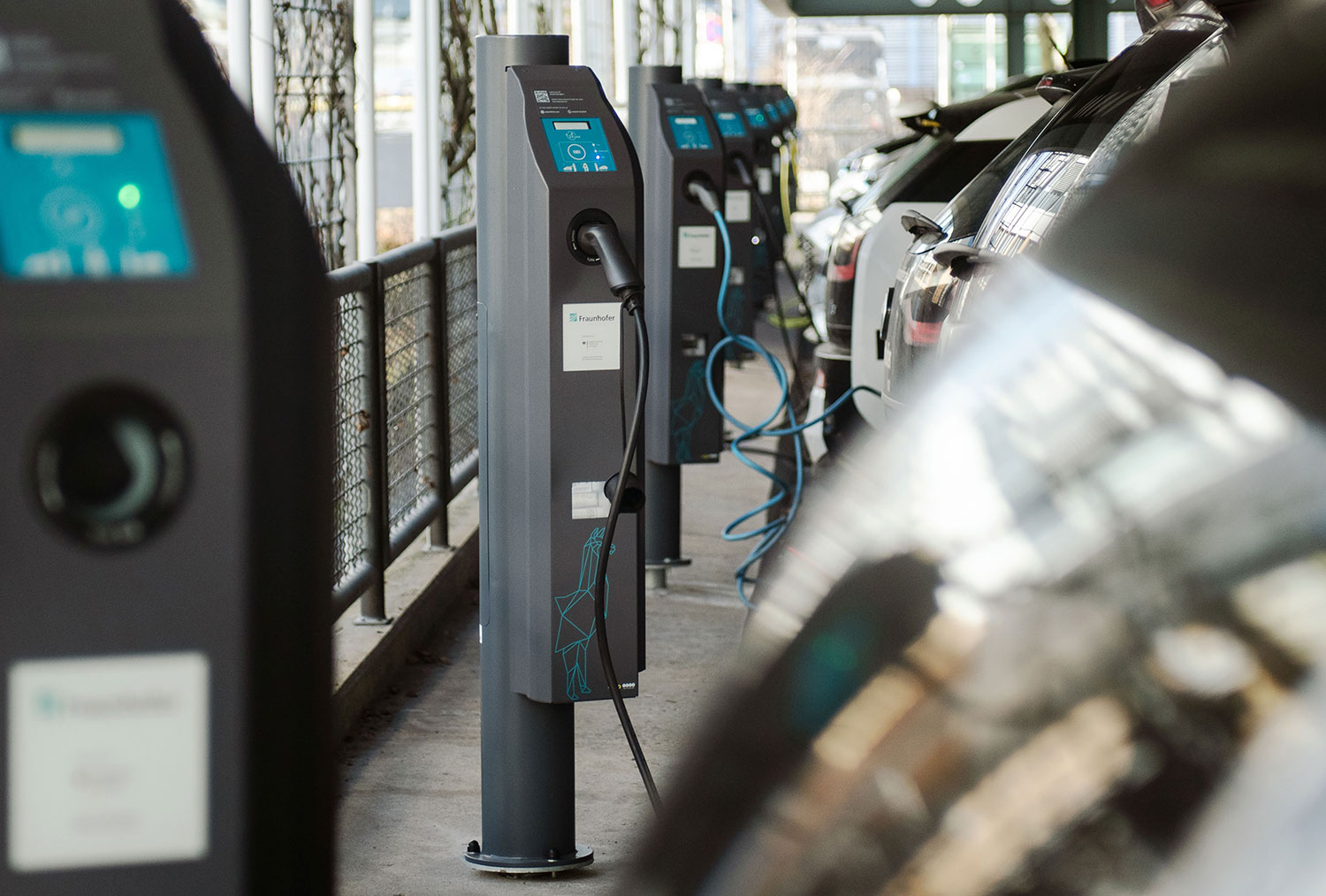Measuring greenhouse gases − preventing emissions − implementing reduction measures
The Fraunhofer-Gesellschaft’s climate strategy structurally follows the recommendations of the UN Global Compact on the development of climate management practices and processes. In keeping with this approach, researchers from multiple institutes came together in 2020 to calculate the greenhouse gas footprint of the Fraunhofer-Gesellschaft as a whole according to the standard set by the Greenhouse Gas Protocol (GHG Protocol) for the first time.
The specialists used the results to craft an extensive and detailed action plan for reducing emissions and used realistic but ambitious assumptions to model a reduction path. The model is regularly updated as new scientific and research findings emerge. Plans call for the calculation to be performed again every two years, with further factors being added in stages according to the availability of data.
Climate neutrality is a core goal
Based on the footprint and reduction path, the executive board of the Fraunhofer-Gesellschaft has adopted climate targets. Plans call for reducing emissions within our own organization by 55% by the year 2030 and neutralizing remaining emissions through effective greenhouse gas sinks as we implement our climate action concepts. The objective is to operate Fraunhofer on a climate-neutral basis by 2045. To reach this ambitious target, Fraunhofer has incorporated climate action into its structure. As part of this, every Fraunhofer institute has designated one or more persons to act as officers for climate neutrality and sustainability. Their job is to forge ahead with reducing the emissions of their specific institutes. The officers work together closely to implement projects aimed at reducing carbon emissions and enhancing energy efficiency. They also work with researchers from the areas of energy and climate action to refine and advance the climate strategy. Officers are supported in these actions by the central Climate Management department, which was established specifically to implement the climate strategy.
Climate action concepts support the institutes with implementation
Climate action concepts represent another core element of the Fraunhofer climate strategy. In these concepts, internal Fraunhofer experts develop aids and tools to help institutes lower their carbon emissions and implement energy efficiency measures. There is a wide range of projects across five action fields:
- Organizational development & strategy
- Communication & participation
- Building & infrastructure
- Energy
- Mobility



